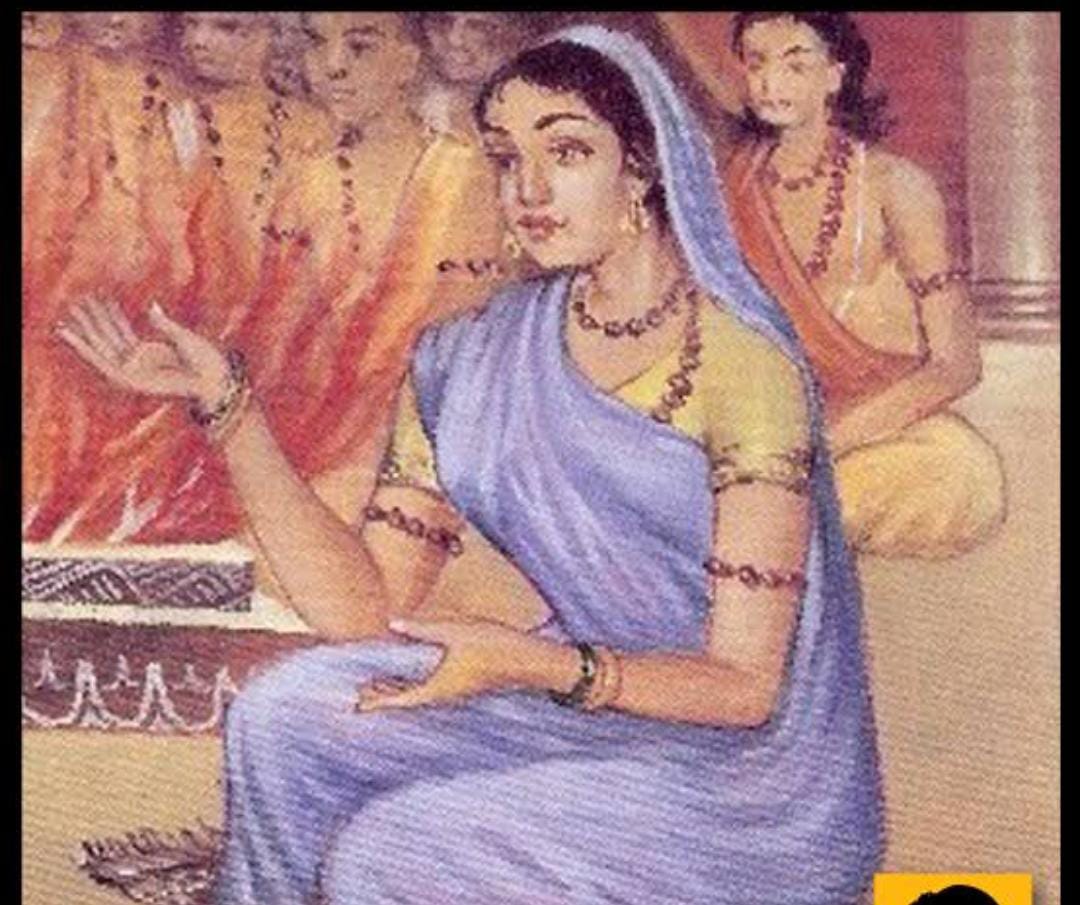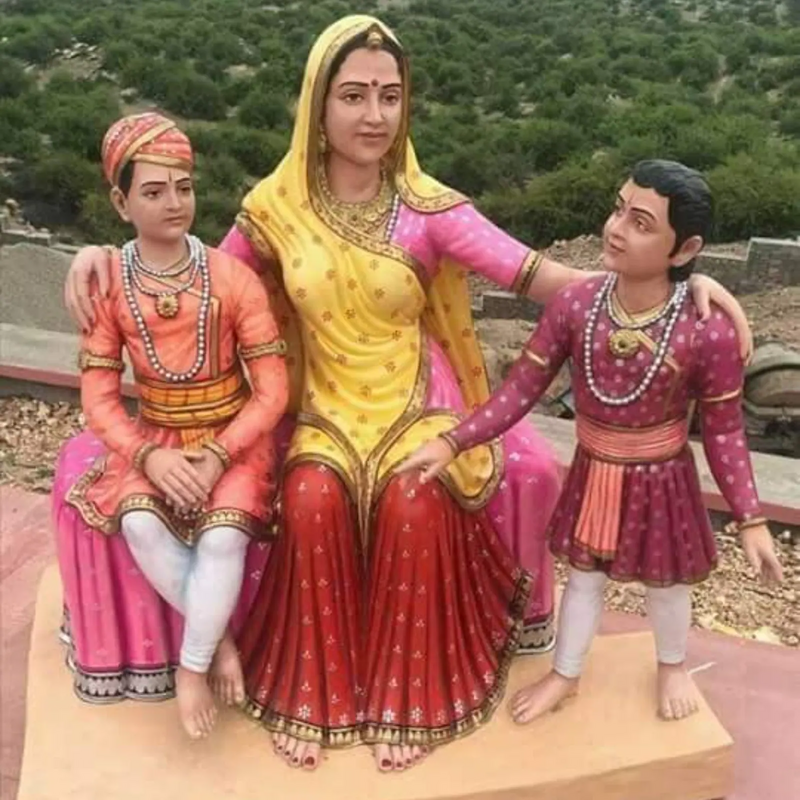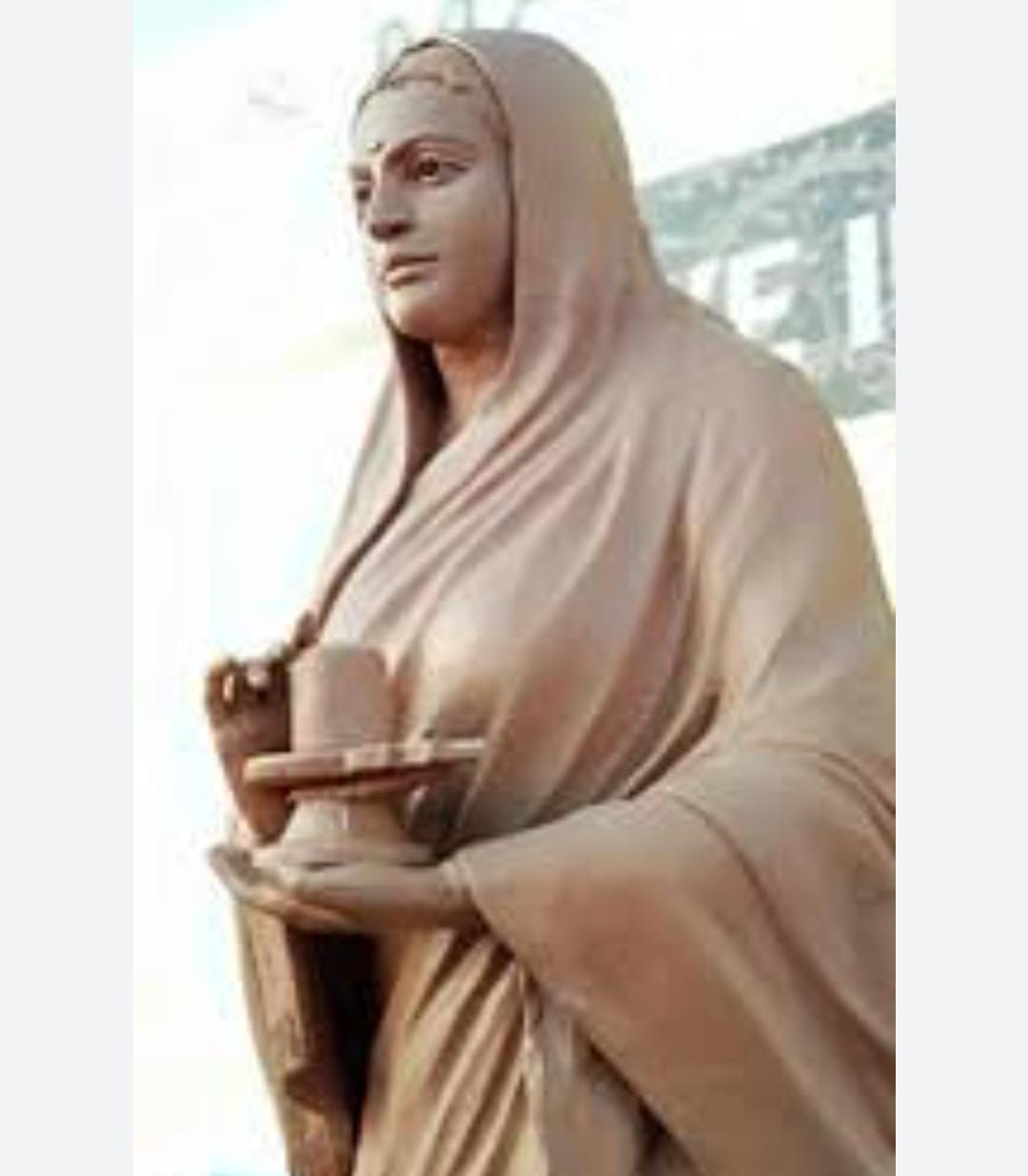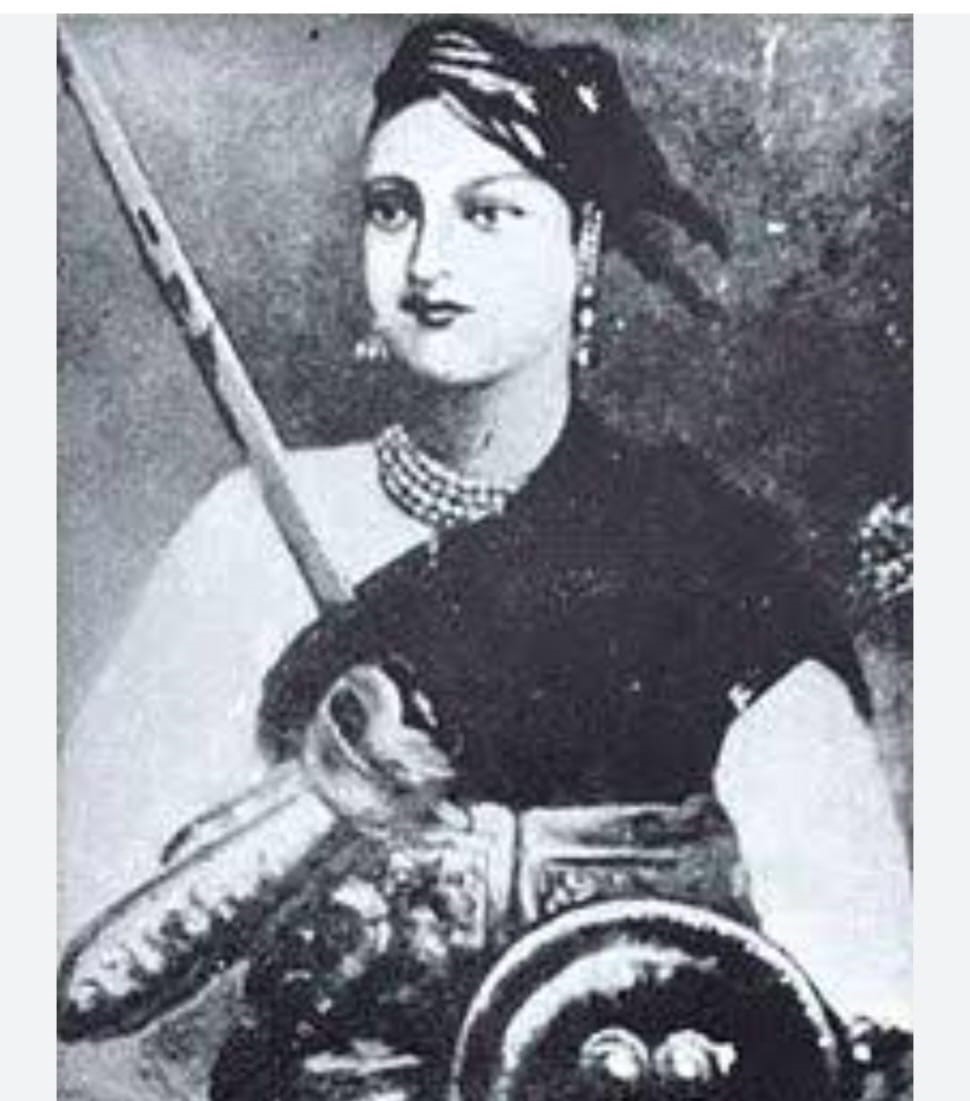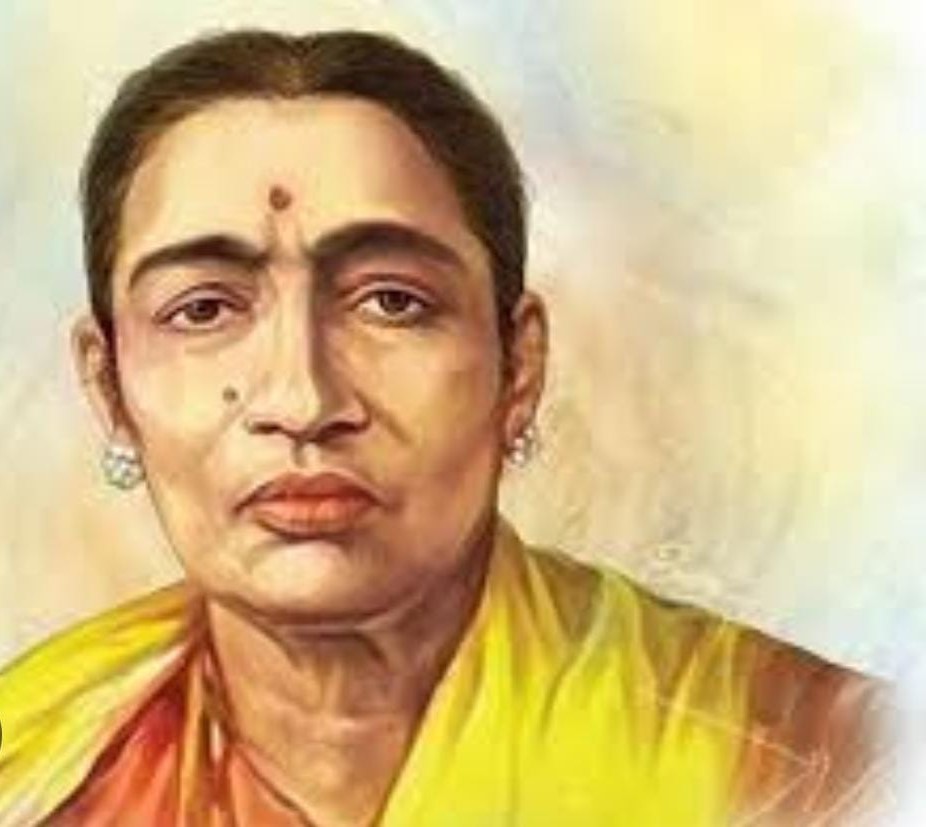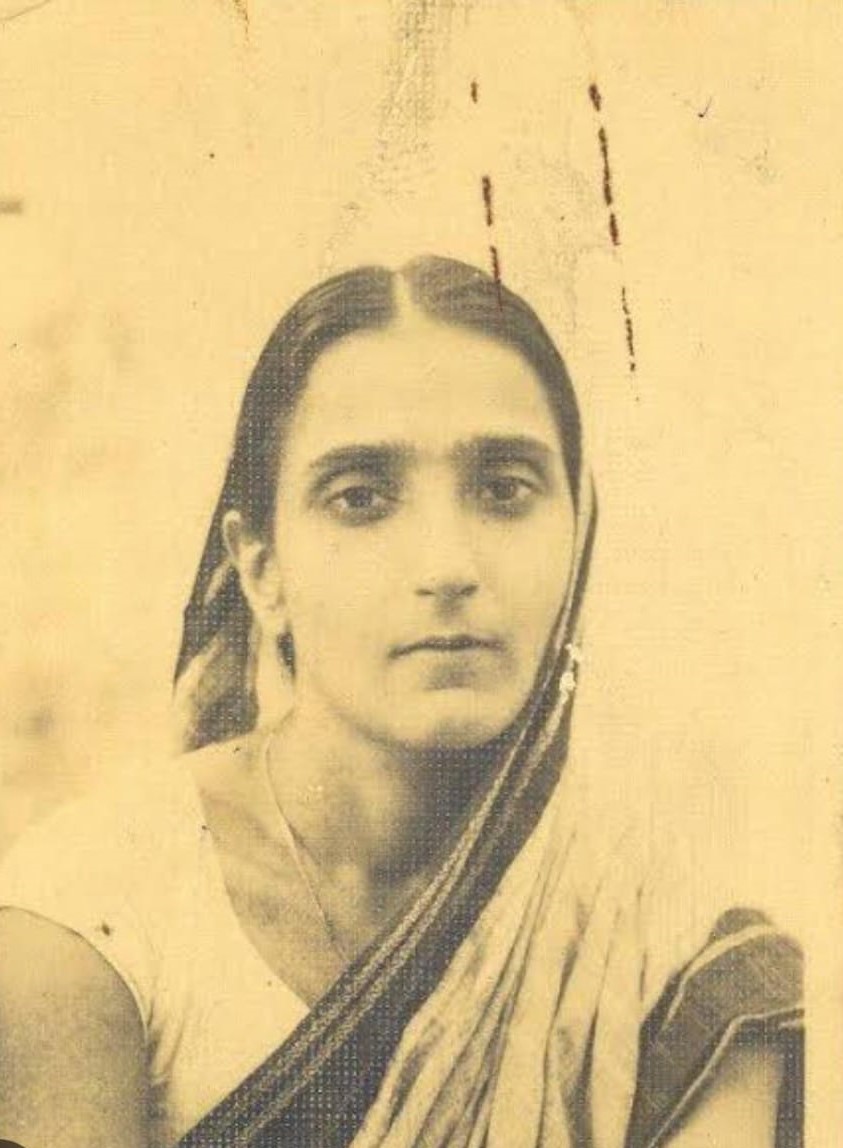Gargi Vachaknavi
Gargi Vacaknavi (HK)), was an ancient Indian sage and philosopher. In Vedic literature, she is honoured as a great natural philosopher,[1][2] renowned expounder of the Vedas,[3] and known as Brahmavadini, a person with knowledge of Brahma Vidya.[4] In the Sixth and the eighth Brahmana of Brihadaranyaka Upanishad, her name is prominent as she participates in the brahmayajna, a philosophic debate organized by King Janaka of Videha and she challenges the sage Yajnavalkya with perplexing questions on the issue of atman (soul).[1][5] She is also said to have written many hymns in the Rigveda.[6] She remained a celibate all her life and was held in veneration by the conventional Hindus.[7][8]
Gargi, the daughter of sage Vachaknu in the lineage of sage Garga (c. 800-500 BCE) was named after her father Gargi Vachaknavi. From a young age, she evinced a keen interest in Vedic scriptures and became very proficient in fields of philosophy. She became highly knowledgeable in the Vedas and Upanishads in the Vedic times and held intellectual debates with other philosophers.
